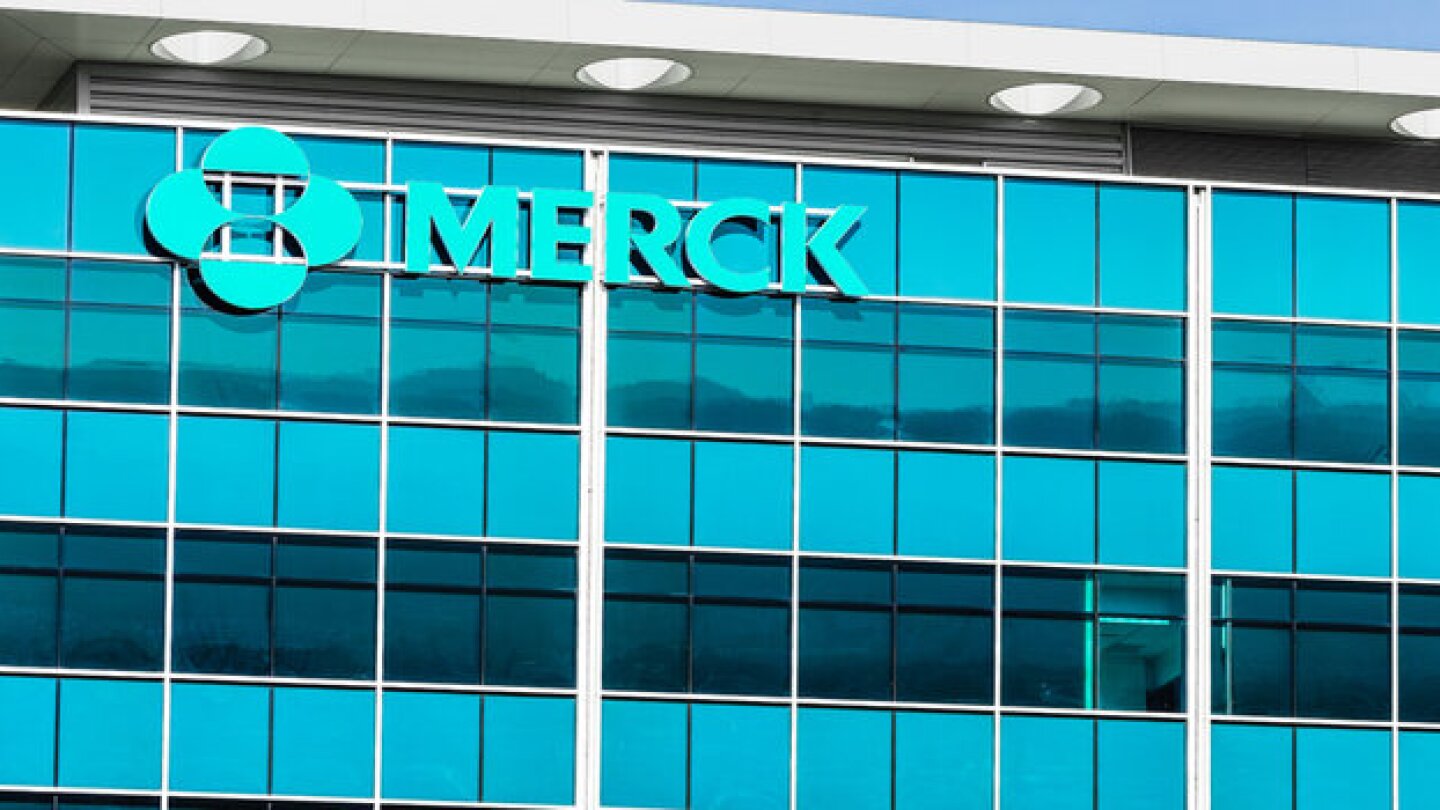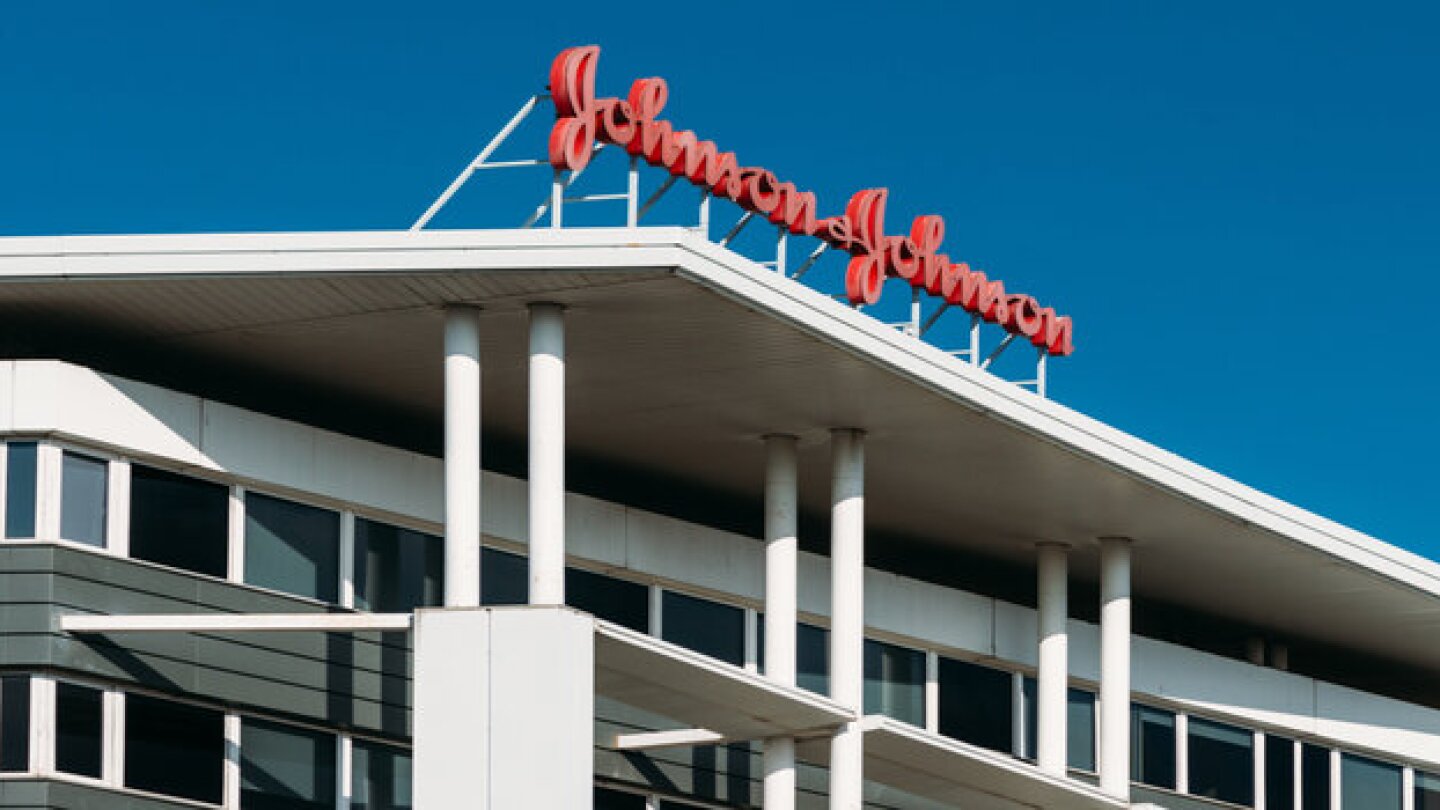News
Presentations at this year’s American Association for Cancer Research meeting could have a broad impact on the treatment landscape for head and neck and lung cancer, and implications for specific drug modalities like TIGIT and VEGF.
FEATURED STORIES
The explosion of GLP-1 weight loss drugs is reminiscent of the early days of PD-1 inhibitors, but key market differences suggest history may not repeat itself.
The ongoing conflicts between Ukraine and Russia, as well as Israel and Palestine, have sent ripples across various industries, including pharma. Medical science liaisons can help.
Mirador debuted last year with a massive $400 million and the goal of developing game-changing therapies for inflammatory and fibrotic diseases. The company aims to enter the clinic this year.
Job Trends
Bristol Myers Squibb (NYSE: BMY) today announced that the European Medicines Agency (EMA) has validated the extension application to introduce a new route of administration (subcutaneous use) for Opdivo®.
FROM OUR EDITORS
Read our takes on the biggest stories happening in the industry.
In a recent BioSpace LinkedIn poll, nearly half of respondents predicted the job market won’t turn around until 2027 or later. It’s easy to see why people are skeptical, especially when you consider recent hiring activity and layoffs.
THE LATEST
Johnson & Johnson’s Joaquin Duato is no longer the highest paid CEO in pharma. Meanwhile, just two women make the top 10.
In this bonus episode, BioSpace’s vice president of marketing Chantal Dresner and careers editor Angela Gabriel take a look at Q1 job market performance, layoffs and administration decisions impacting the workforce.
In the company’s first-quarter earnings call Tuesday, J&J CEO Joaquin Duato said there’s a better way to encourage drug manufacturing in the U.S. than President Donald Trump’s threatened pharma tariffs.
Merck has not disclosed which of its peptide therapies it plans to develop oral formulations for.
J&J opened Q1 2025 pharma earnings Tuesday, reporting sales of $21.9 billion and diluted earnings per share of $4.54. The medicines unit provided $13.9 billion while the medtech unit generated the remaining $8 billion.
According to analysts at BMO Capital Markets, non-obstructive hypertrophic cardiomyopathy would have meant a $1.3 billion label expansion opportunity for Camzyos.
At the heart of the licensing deal is CUE-501, a bispecific molecule that can selectively deplete B cells to address autoimmune and inflammatory conditions.
Trump could use the findings of the probe to impose certain trade restrictions on pharma products, including tariffs.
In a Phase Ib trial, VERVE-102 showed it could lower bad cholesterol across doses, setting up an opt-in decision for Eli Lilly and a showdown with Novartis.
Viking Therapeutics enjoyed a nice share rally on the news that rival Pfizer is discontinuing obesity candidate danuglipron. But the biotech has a long way to go to recover after six straight months of decline.

















